It’s the kind of car that reminds you why you fell in love with cars in the first place. It’s mechanical romance, a V12 aria, a sculpture you can downshift.
Alright, let’s go long. And I mean really long. Because the Ferrari 275 GTB deserves more than a quick glance; it deserves a full deep dive — the sort of dive where you come up two hours later with petrol in your lungs and a silly grin on your face. And in my voice, we’re going to talk about what it feels like to drive, what it meant when it was new, who the real human beings were behind it, and why, today, it’s essentially a moving piece of sculpture that just happens to terrify your bank account.
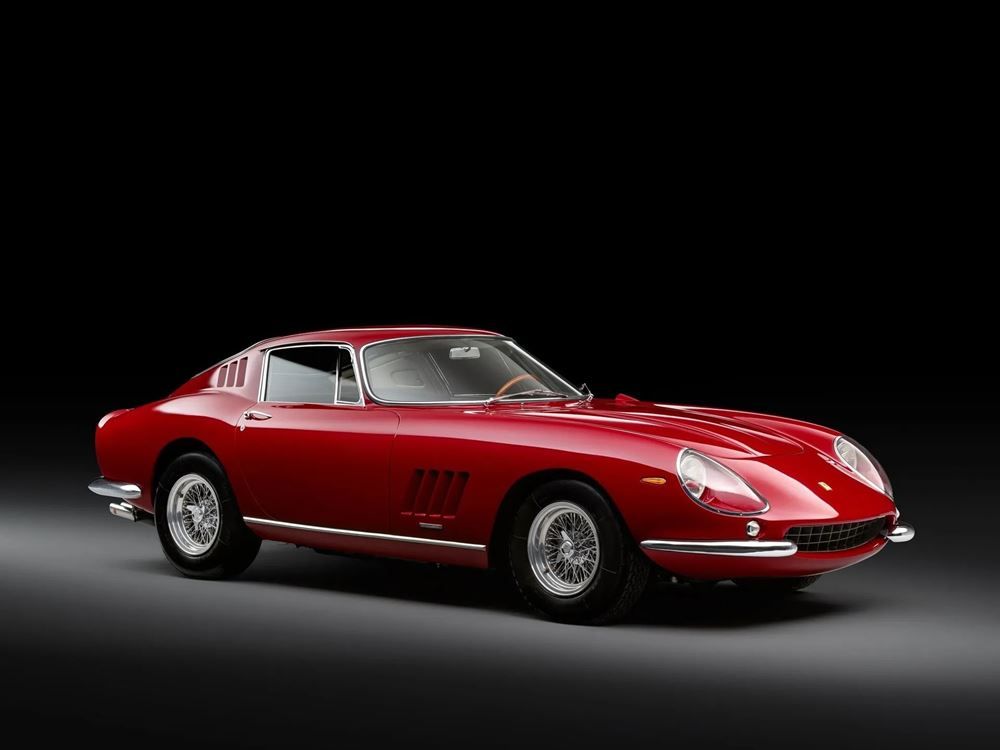
It’s the early 1960s. Ferrari has just come off the glory years of the 250 — the GTO, the California Spyder, the short wheelbase berlinetta. These are the cars that made Enzo Ferrari’s little Modenese workshop into a global powerhouse. But Enzo being Enzo, he wasn’t in the business of nostalgia. He was looking ahead. His drivers — Phil Hill, John Surtees — were out there stacking up wins. His engineers, led by Gioachino Colombo and Mauro Forghieri, were pushing the limits of chassis and engine technology. And then there was Sergio Pininfarina, who could take a block of clay and turn it into something that made the Mona Lisa look like she needed more time in the mirror.
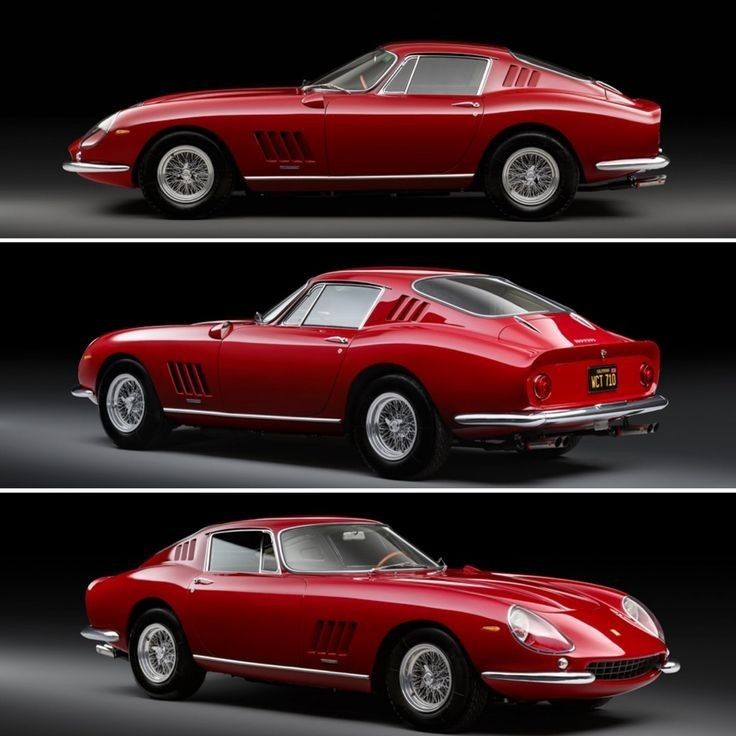
The result was the 275 GTB, unveiled at the 1964 Paris Motor Show. Think of it as the spiritual successor to the 250 series, but turned up: longer wheelbase, more stable chassis, fully independent suspension (a huge deal in period), and — crucially — that Colombo-designed 3.3-liter V12, a symphony of aluminum, carburetors, and Italian stubbornness.
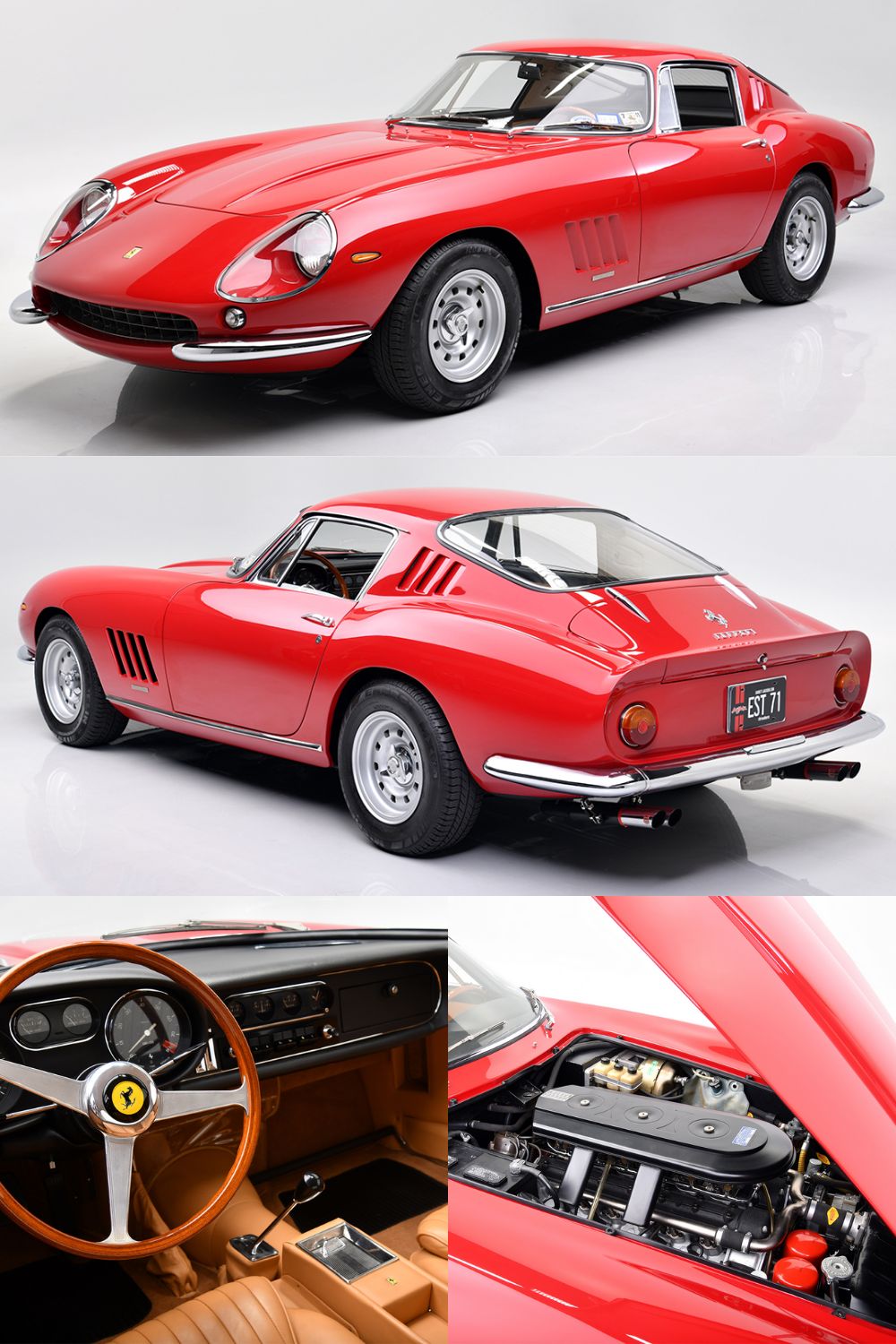
The bodywork was penned by Pininfarina but executed by Scaglietti. You’ve got those impossibly long front fenders, a short, muscular tail, and proportions that could only come from a front-engine, rear-drive GT of the golden era. The nose tapers like a shark about to ruin someone’s day, the greenhouse is low and delicate, and the whole car looks like it’s moving even when it’s standing still.

Underneath, this was the first Ferrari road car to adopt a transaxle layout — the gearbox and differential at the rear for better weight distribution. Independent rear suspension meant it didn’t behave like an oxcart over bumps, and disc brakes meant you had at least a fighting chance at stopping before Rome turned into a headline.
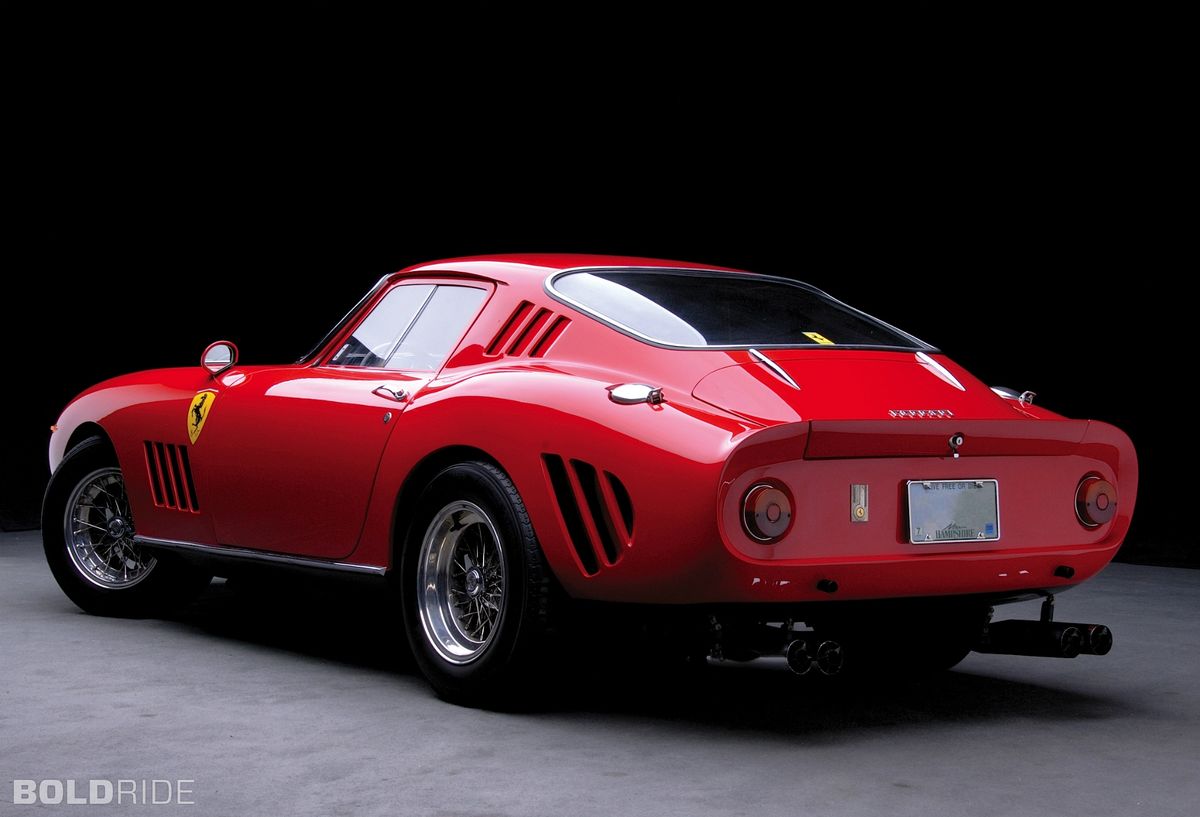
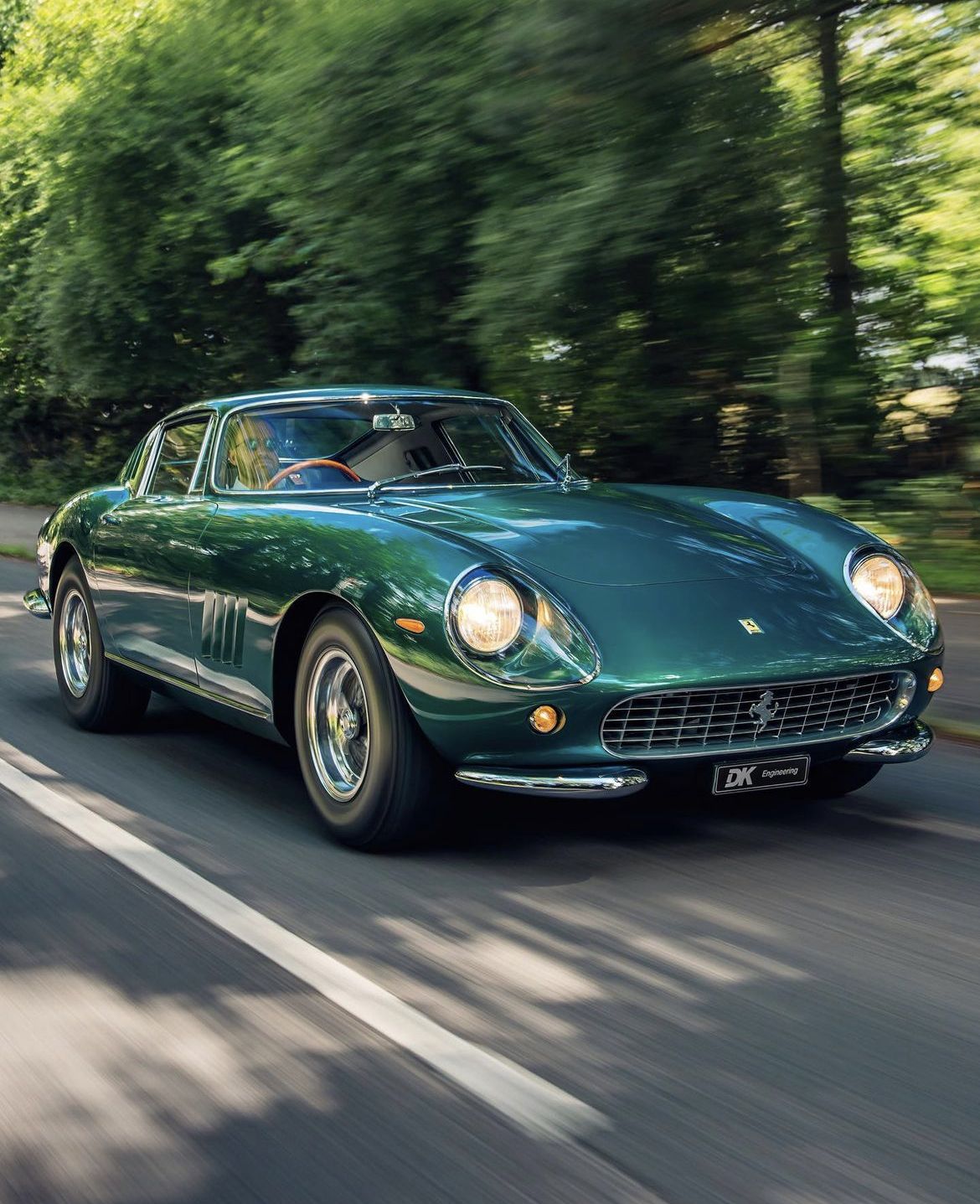
Now, let’s be honest: driving a 275 GTB in 2025 is not like driving a 296 GTB. This isn’t about lap times or Nürburgring records. It’s about sensation. The steering is unassisted, heavy at parking speeds, but alive with texture once you’re rolling. The gated shifter, with its metallic clack-clack, is as much theatre as it is functionality. And that V12 — oh, that V12 — doesn’t so much rev as it climbs Olympus, summoning thunder with every thousand RPM.
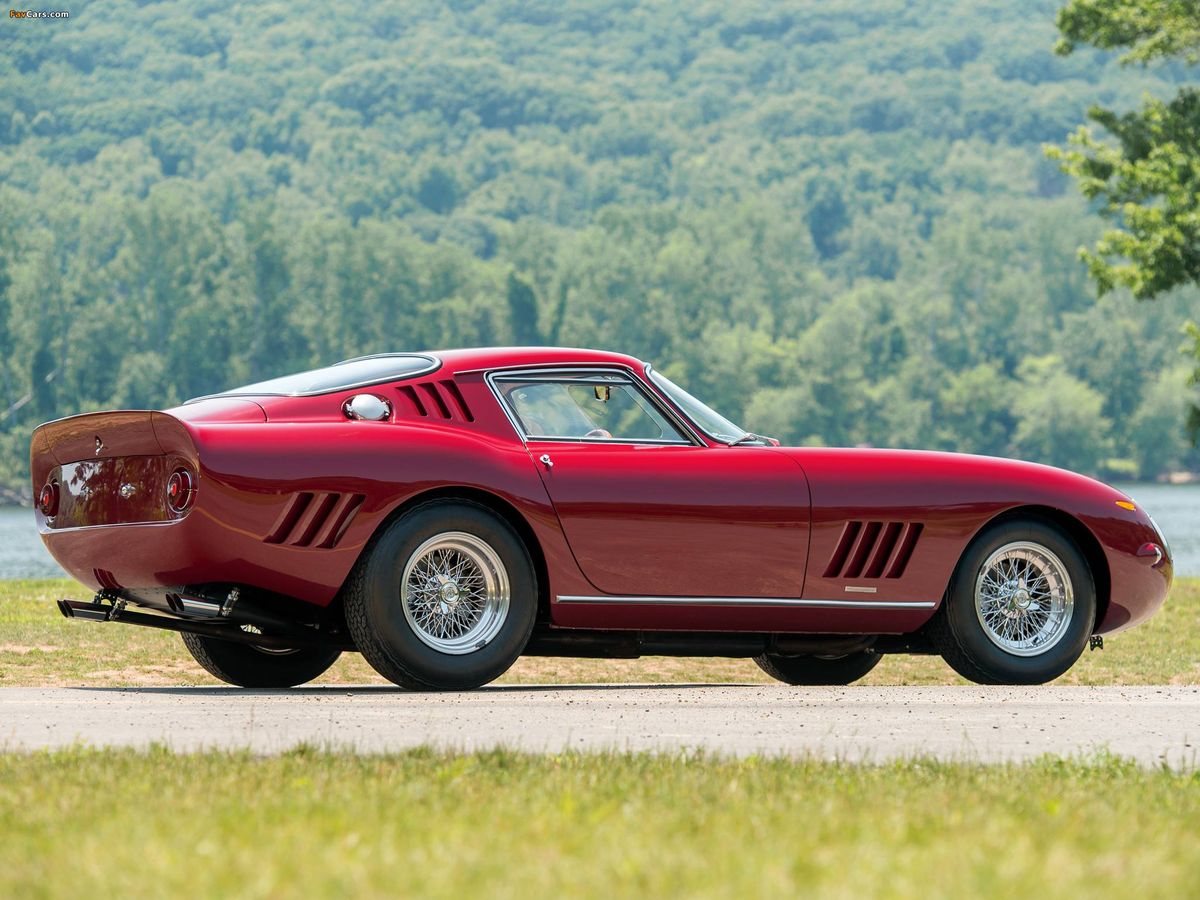
But it’s also flawed. The seating position? Hilarious. You sit slightly askew, legs angled, arms reaching, like you’re playing Twister with Enzo himself. The cabin runs hot, the clutch requires a calf the size of a Tour de France sprinter, and if you’re over six feet tall you’ll discover the roofline was designed for Italians who grew up on espresso and cigarettes, not cheeseburgers. Yet none of that matters. Because when you find a stretch of road, drop a gear, and let that V12 sing, you forgive everything.

Ferrari didn’t just make the 275 for gentlemen drivers and movie stars — though Steve McQueen did famously own one, and when Steve McQueen owns something, it automatically gets 50 percent cooler. They also built the 275 GTB/C (Competizione), which went racing at Le Mans. Drivers like Mike Parkes and Lorenzo Bandini hustled these things against Cobras and GT40s, and though the Fords would eventually dominate, the 275s were admired for their balance, reliability, and sheer Italian bravado.
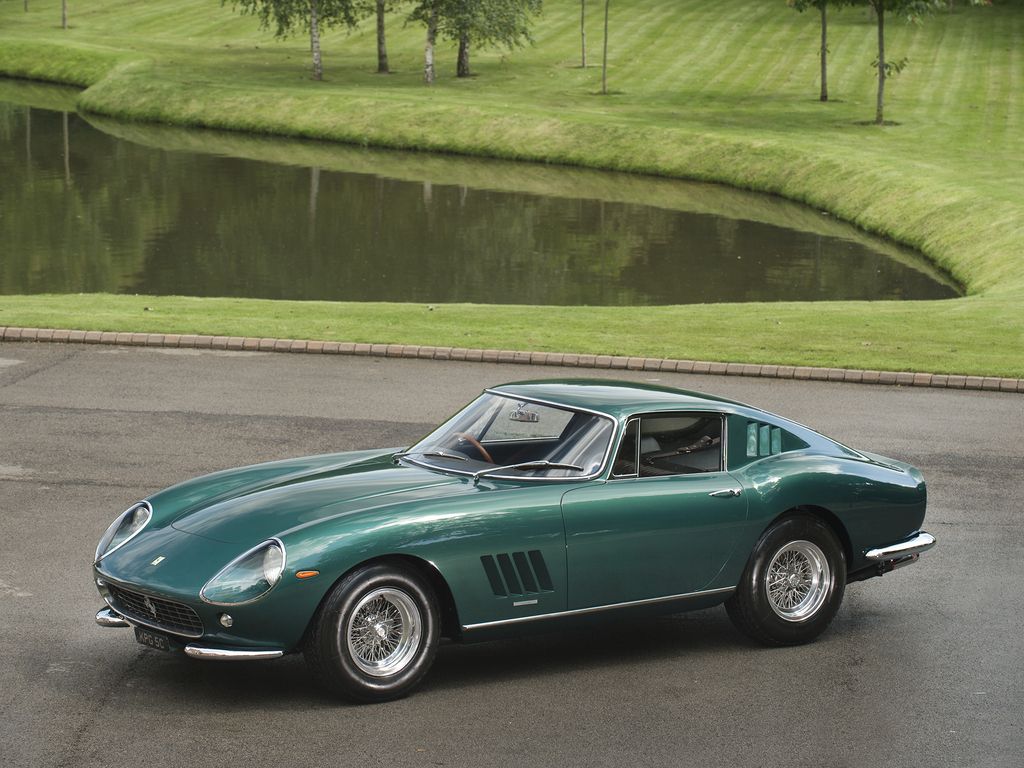
Today, the 275 GTB is a crown jewel in any serious collection. Prices start in the millions, and if it’s a lightweight alloy version or a Competition car, you can basically buy a mansion in Malibu instead. Collectors like Ralph Lauren, Nick Mason of Pink Floyd, and countless anonymous billionaires have them tucked away in climate-controlled garages. But here’s the thing: the 275 GTB isn’t just expensive. It’s revered. It represents a bridge between Ferrari’s pure racing era and the modern GT ethos.

Ferrari has built countless cars since, but few with the emotional weight of the 275. It’s the one that looks timeless on a concours lawn. It’s the one that makes teenagers at Pebble Beach stop taking selfies and just stare. It’s the one that collectors whisper about like it’s the Sistine Chapel on wheels.

And you know what? They’re right. Because the 275 GTB is that car — the one where engineering, racing, and design collided in the most Italian way possible: beautifully, chaotically, and with just enough madness to keep it interesting.

Drive a 275 GTB today, and you’ll realize it isn’t perfect. It isn’t even comfortable. But it’s the kind of car that reminds you why you fell in love with cars in the first place. It’s mechanical romance, a V12 aria, a sculpture you can downshift.


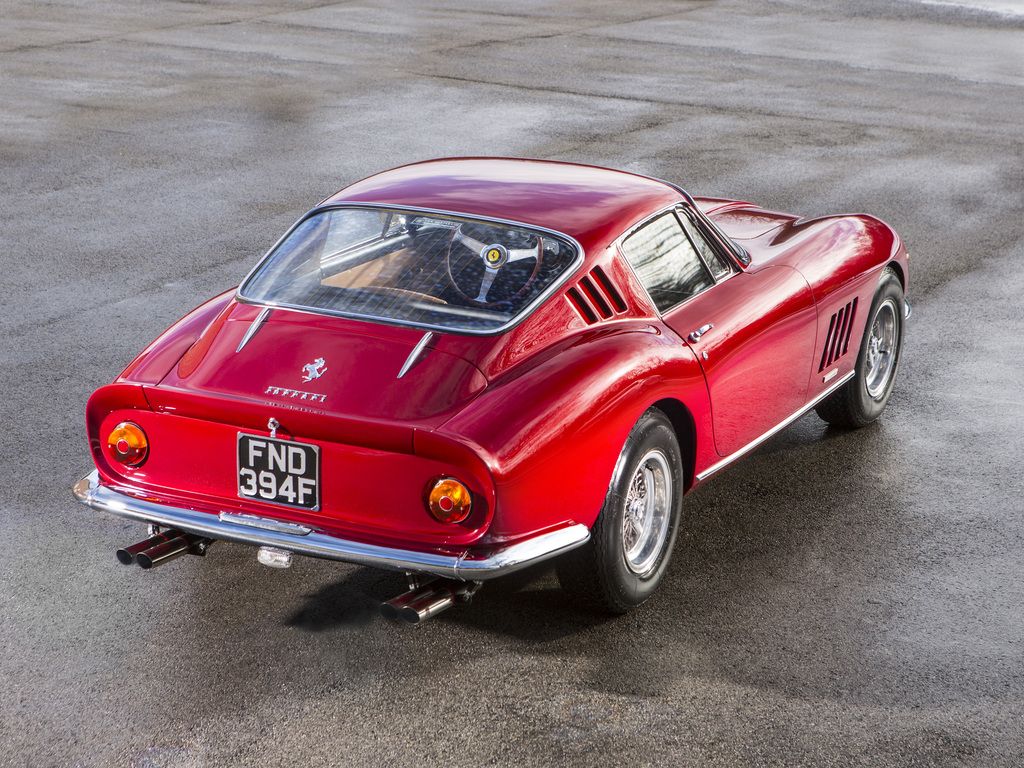
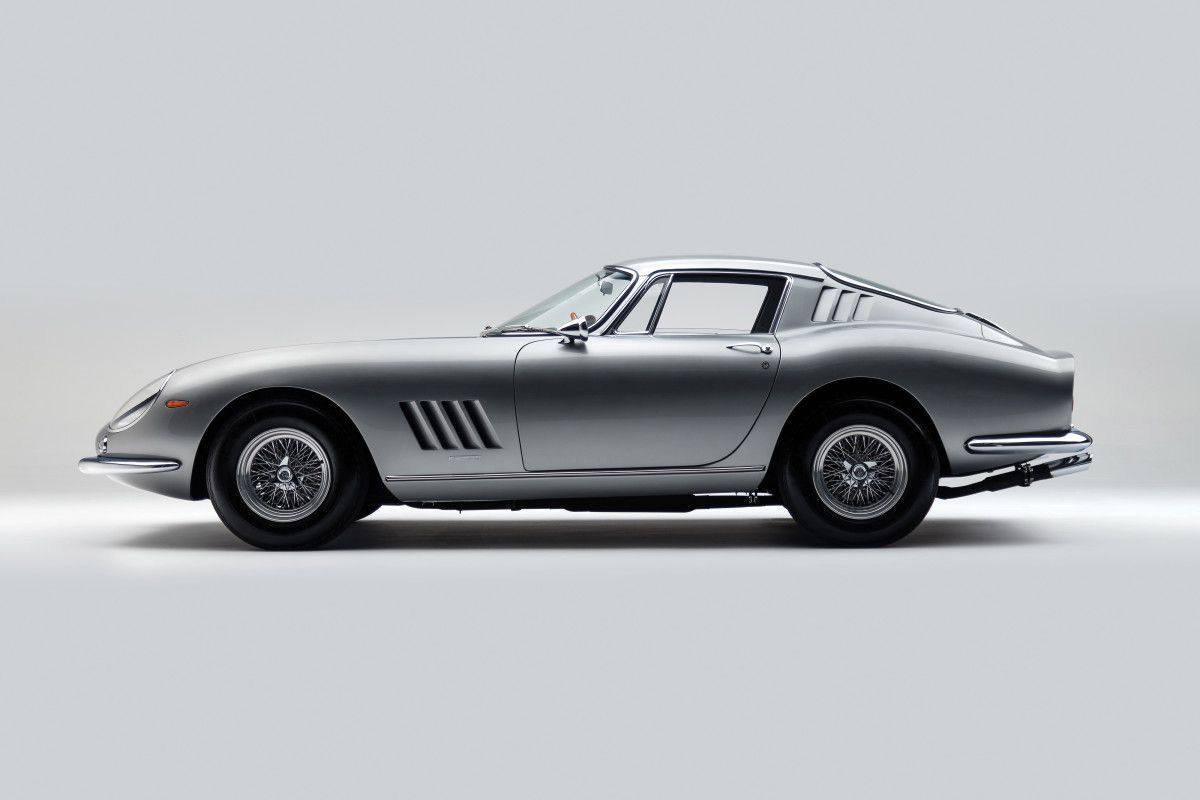
-